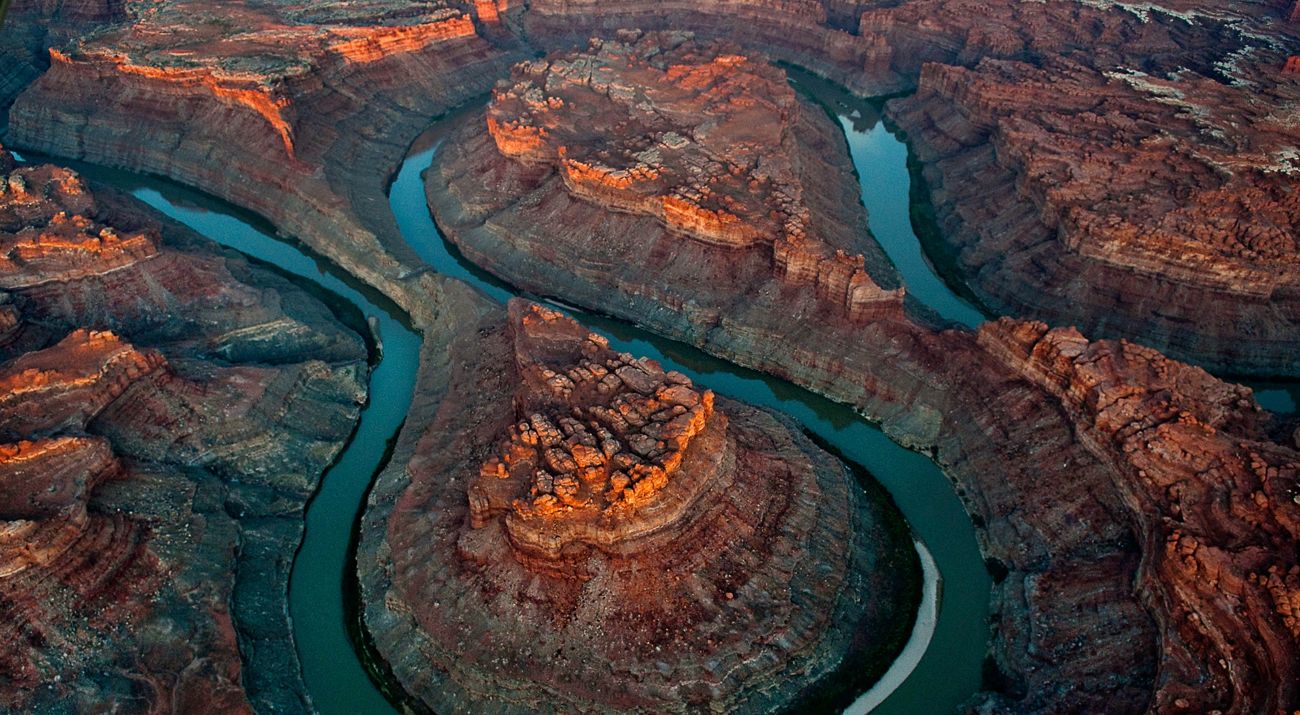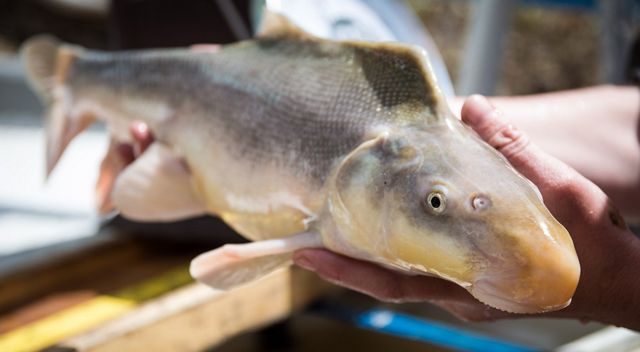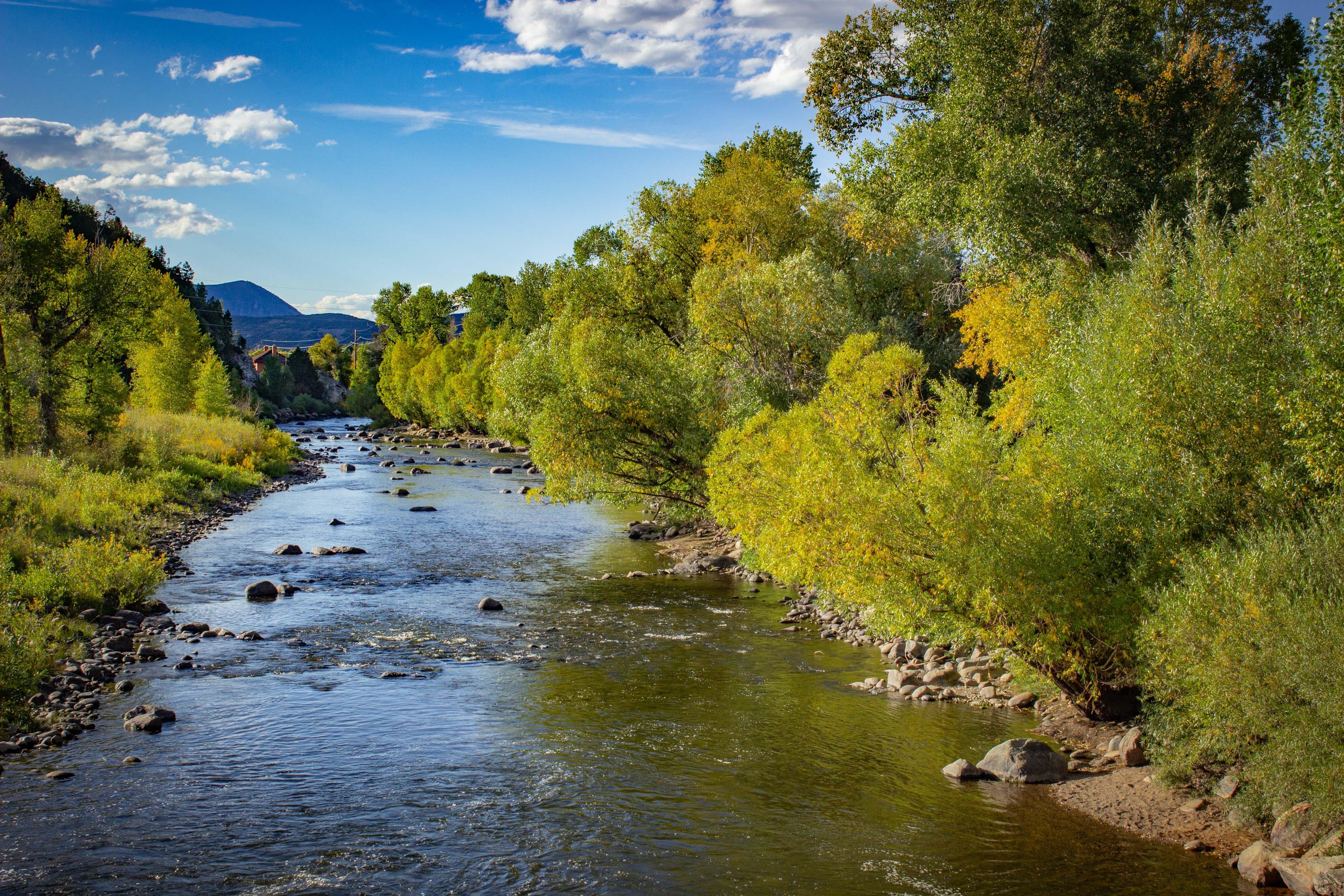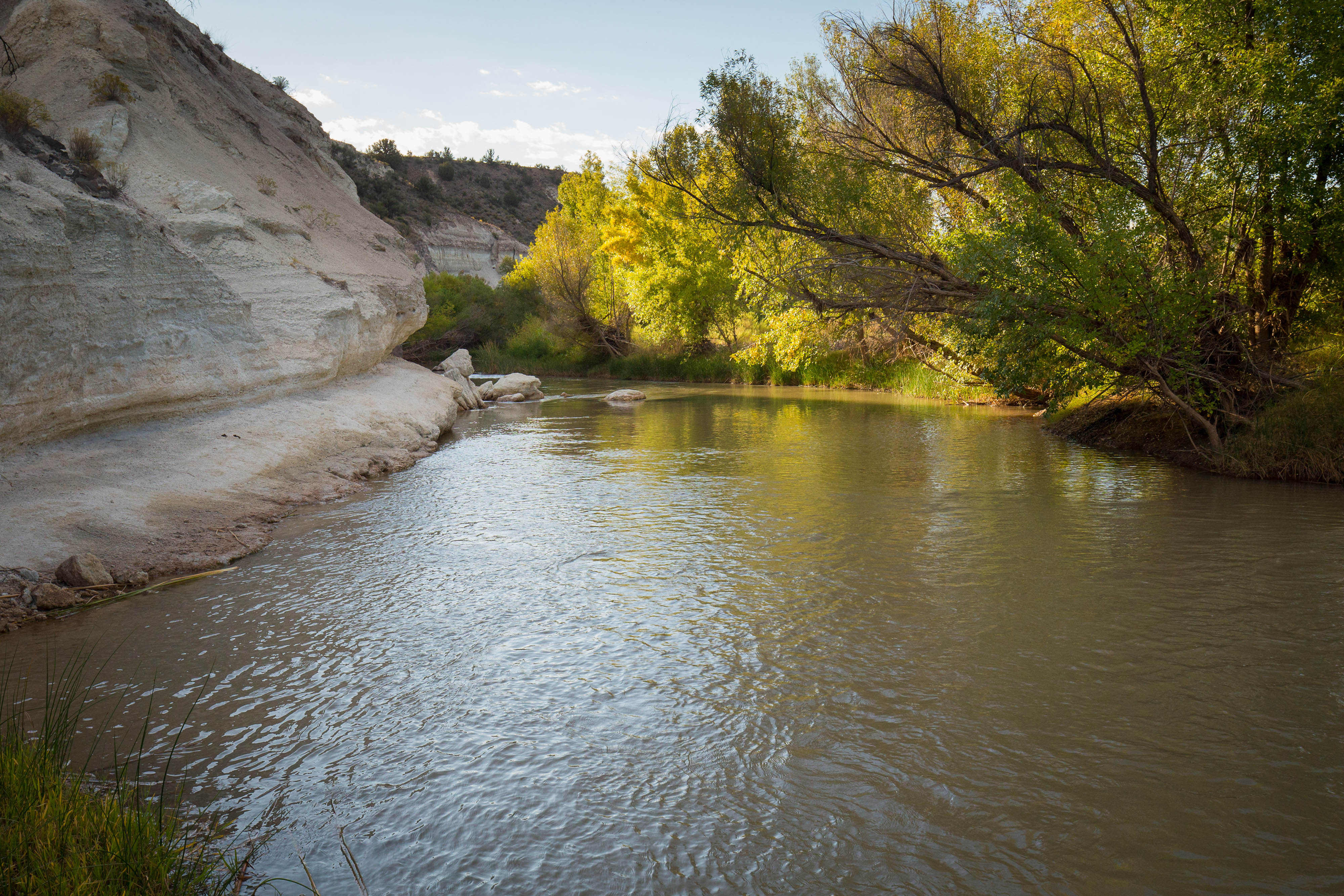
Coming Together for the Colorado River
Learn how farmers and ranchers are working to keep more water in the river.
If you eat carrots or lettuce in the winter, chances are the Colorado River irrigated those crops.
The Colorado River irrigates 3.2 million acres within the Colorado River Basin itself and 2.5 million acres outside of the basin, places like California’s Imperial Valley. That’s a total area nearly the size of New Hampshire.

We are currently using more water than the river can support, and as the population grows, demands are increasing. Agriculture uses approximately 80 percent of the Colorado River’s water, and cities, towns, hydropower and outdoor recreation need the river’s water to keep flowing.
Of course, nature needs the water too. Fish, plants and wildlife depend on it. All of these competing demands for water requires us to come together to find solutions to protect and conserve this limited resource.
This is why, The Nature Conservancy is working with farmers and ranchers throughout the Colorado River Basin on projects that will help their growing operation, while also keeping more water in the river to benefit people and nature.
Partnership Projects
-

The Grand Valley
We're partnering with water rights holders in the Grand Valley on a “water bank,” where they get paid to forgo water on a temporary basis and “bank” that water for use at other times, in other places. More About This Project
-

Yampa River Valley
We're working in Colorado’s Yampa River Valley to modernize and improve water delivery systems, making them more efficient and use only the water they need. Other Yampa River Projects
-

The Price River
Along the Price River in Utah, we're working with farmers to upgrade their infrastructure while improving fish habitat.
-

The Verde River
Near Arizona’s Verde River, we're working with farmers on a project where they switch to growing a crop that uses less water at driest times, then we help establish a profitable market for that crop. More About This Project
Agriculture producers care just as much or more about our water resources than anyone else—they want to be good stewards and their livelihoods depend on it. So it only makes sense that we come together, find common ground and work toward solutions to make sure the Colorado River is there for all who depend on it today and for future generations tomorrow.